One of the world’s most spectacular volcanic creations, Réunion is young, geologically; the island emerged around three million years ago.
Territorially part of France, Réunion is geographically much closer to Africa.
At 3,069 metres above sea level, Réunion’s Piton Des Neiges is the Indian Ocean’s highest mountain.
As this post’s sequel will show, Réunion is perhaps best viewed from above; I have taken some spectacular helicopter flights – including the Grand Canyon, Victoria Falls, Kamchatka and glaciated places in Alaska – but, so far, Réunion takes the notional “biscuit”!
That said, the so-called “cirques” of Réunion are jaw-dropping, even if viewed only from the ground below their rims.
All photos copyright Doug Spencer, taken on May 7, 2018; the one atop this post was taken on the not-so-long but very winding road to the resort town of Cilaos, which was then a few hundred turns away.
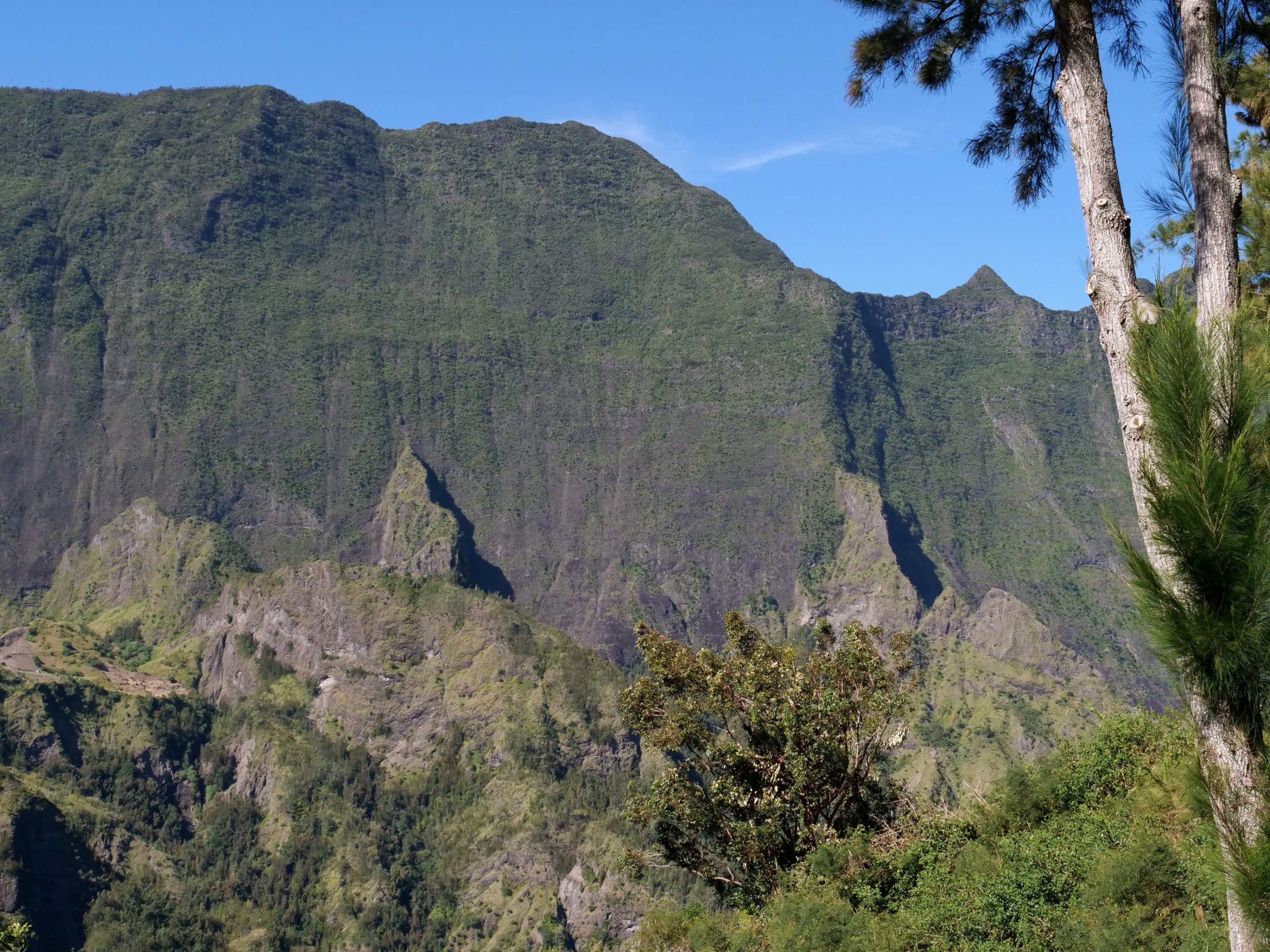
Cilaos is beautifully perched, 1200 metres above sea level.
Cilaos sits in the “Cirque” of the same name, with Piton Des Neiges soaring above the town.
Only occasionally and briefly does the peak live up to its name; snows do fall, but on this tropical island they soon melt.
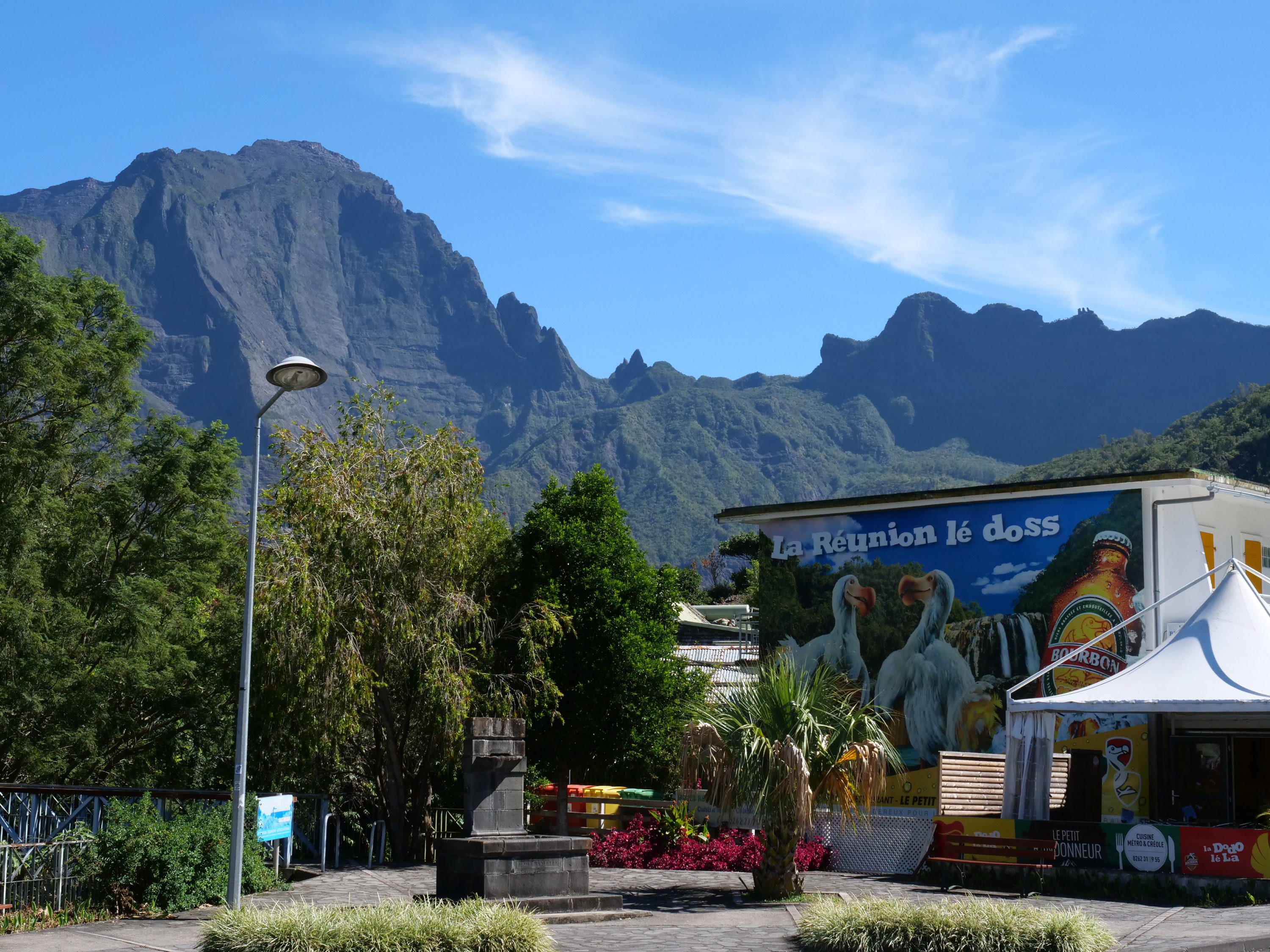
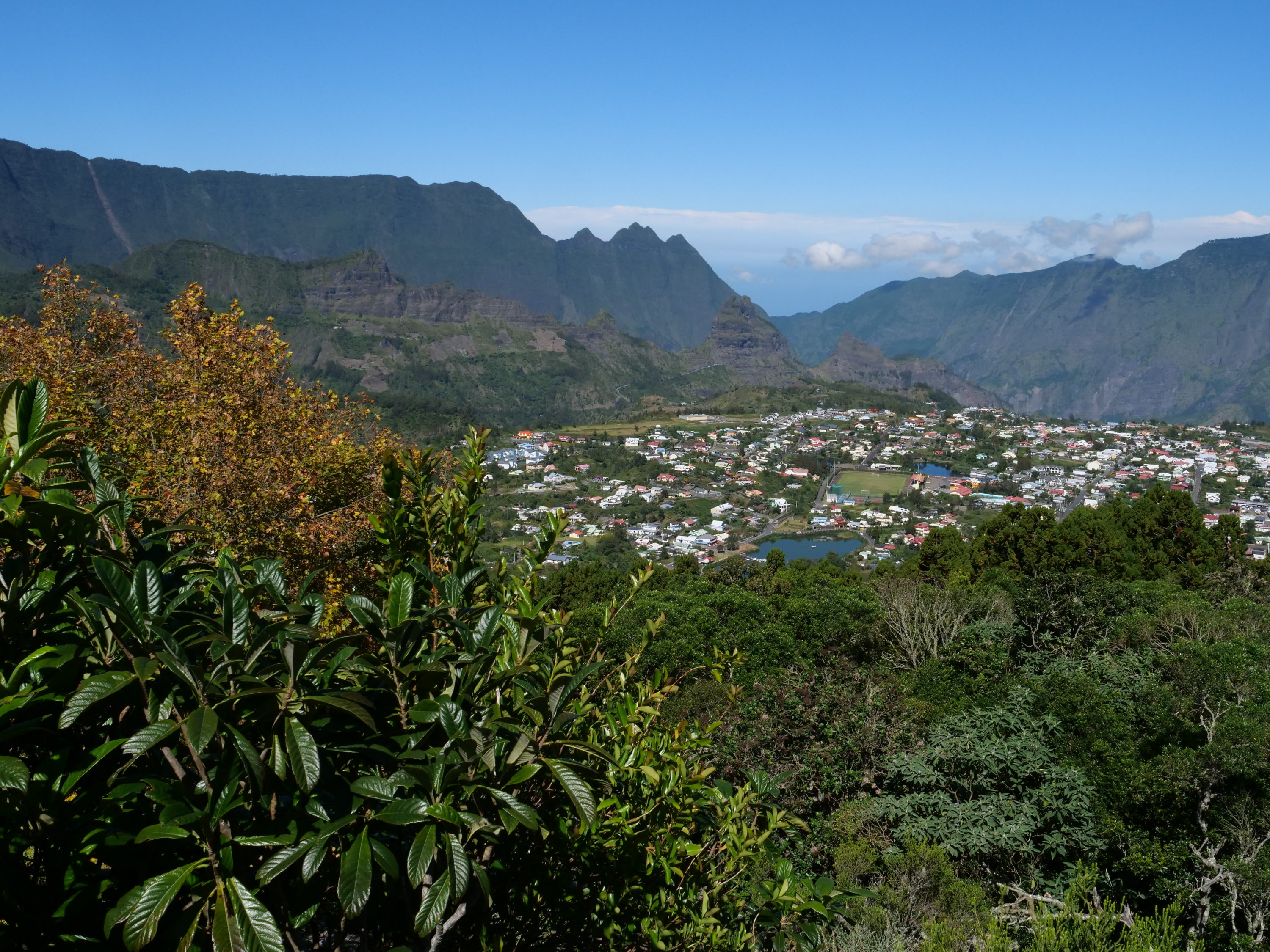
Réunion’s “cirques” are in fact calderas, “carved” by volcanoes rather than glaciers.
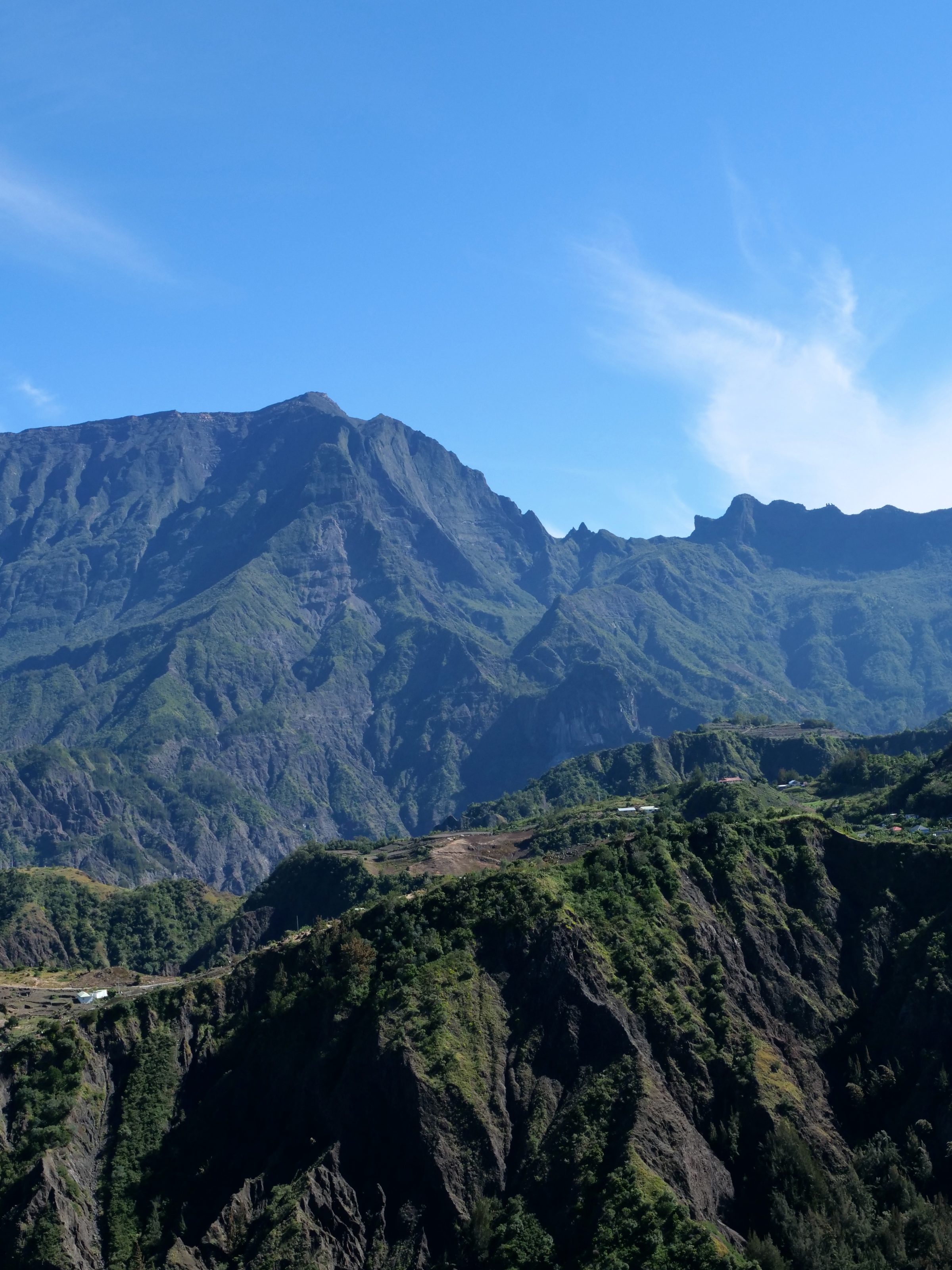
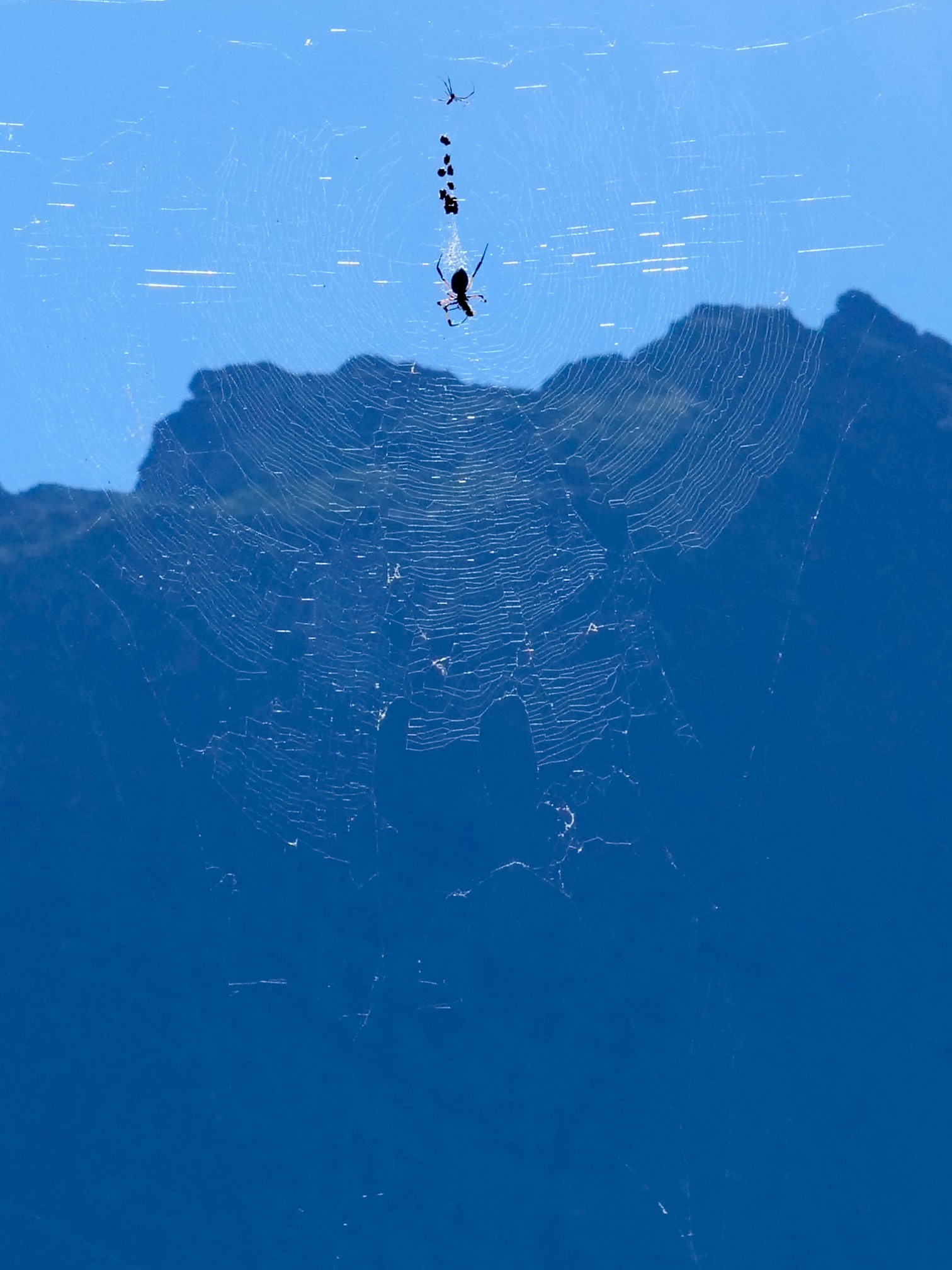
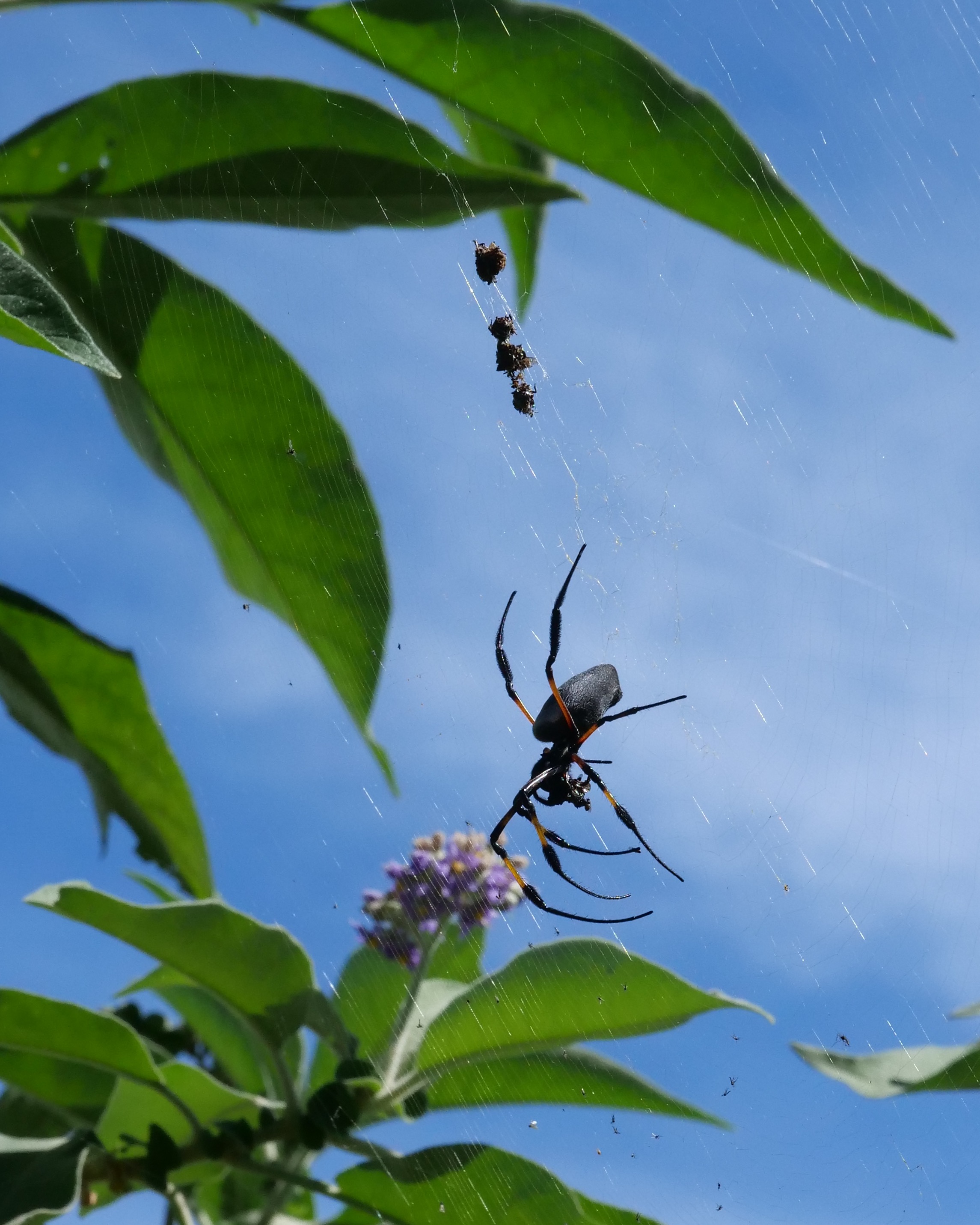
Most of Réunion’s circa 900,000 residents live outside of its “cirques”, along a narrow coastal strip which is only occasionally fringed by sandy beaches.
Some sharply defined shorelines were created by a relatively recent meeting of sea and lava.
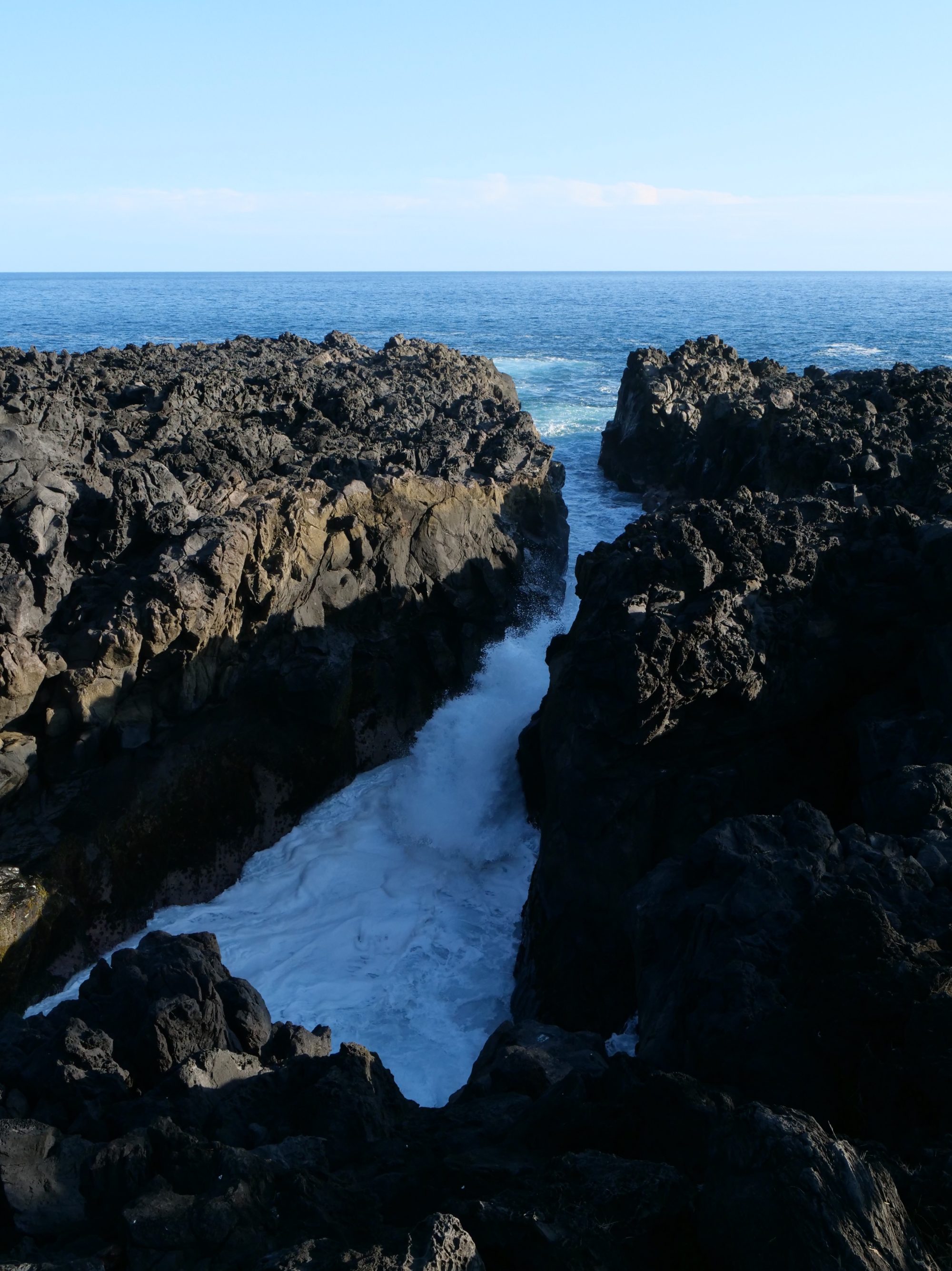
This post’s sequel will offer bird’s-eye views of Réunion’s stunningly diverse “skin”.
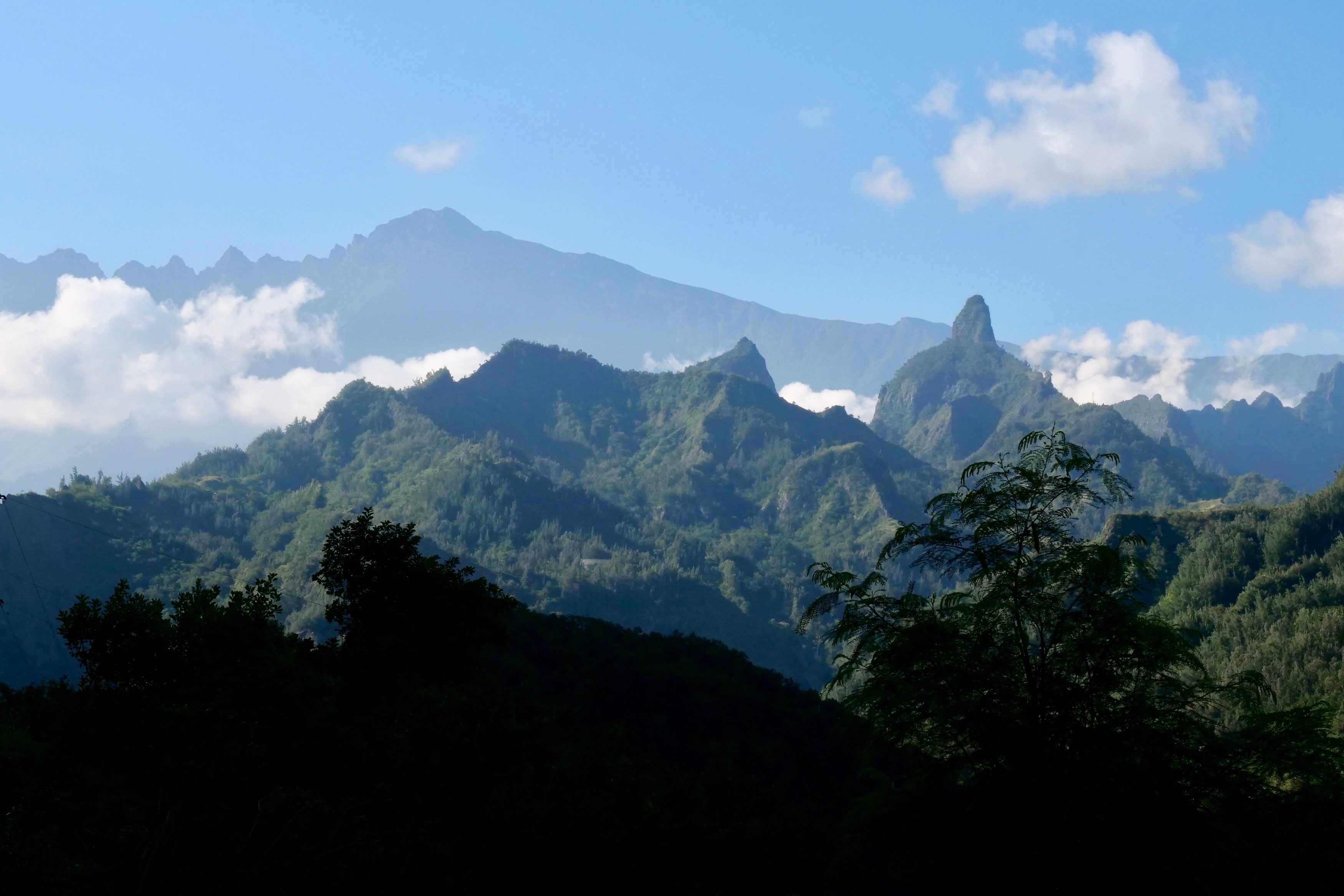
Hi Doug
I’m envious of your travel adventures to Reunion. Spectacular peaks.